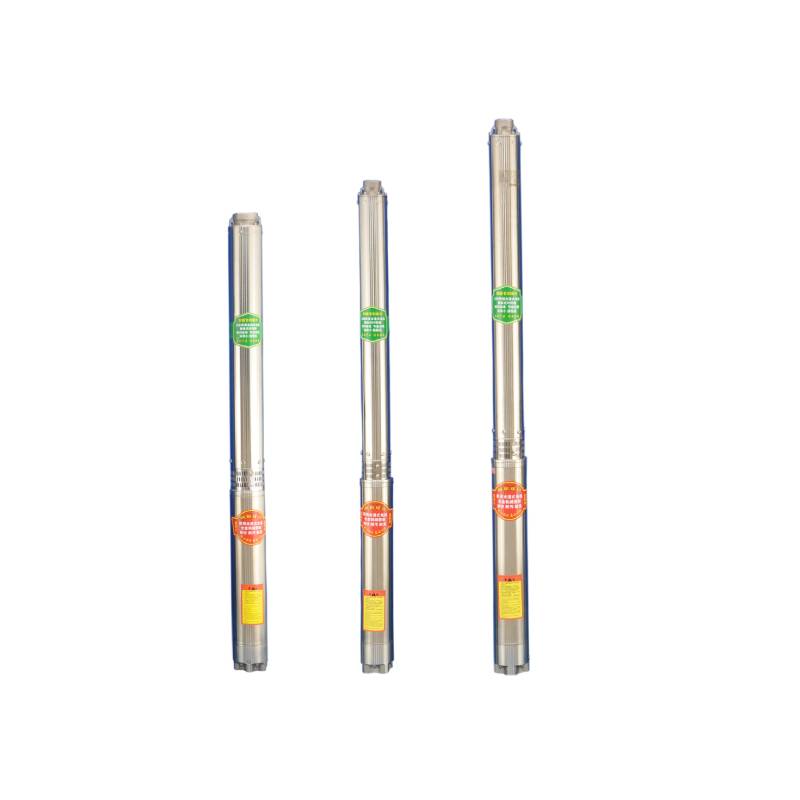Nov . 23, 2024 09:47 Back to list
submersible mixer
Submersible mixers are essential tools in various industrial and municipal applications, providing an efficient solution for mixing liquids and suspensions. These devices are designed to be fully submerged in the liquid being processed, ensuring effective mixing and homogenization of different substances. This article delves into the significance of submersible mixers, their working principles, and the diverse applications they serve.
At the core of a submersible mixer is its robust motor, usually mounted on a vertical shaft connected to specially designed mixing blades. When activated, the motor drives the blades to create turbulence and circulation within the liquid. This movement allows for the thorough blending of materials, breaking up clumps and ensuring uniform distribution of solids, gases, or other liquids. The design of submersible mixers varies to accommodate different types of fluids, from wastewater to chemical slurries, making them versatile tools across multiple sectors.
One of the primary industries benefiting from submersible mixers is wastewater treatment. In these settings, mixers play a crucial role in keeping solids in suspension and facilitating biological processes. By maintaining an even distribution of microorganisms throughout the tank, submersible mixers enhance the efficiency of aerobic and anaerobic digestion, leading to better treatment outcomes. Furthermore, these mixers help prevent sedimentation, which can clog systems and impair performance.
submersible mixer

Another significant application of submersible mixers is in the chemical and pharmaceutical industries. Here, precise mixing is essential for reactions and formulations. Submersible mixers can handle various viscosities and densities, making them ideal for blending chemicals, pharmaceuticals, and even food ingredients. Their ability to operate at different depths allows for flexibility in processing various liquids, further underscoring their importance in production lines.
In agricultural settings, submersible mixers are used in lagoons and tanks to ensure proper mixing of manure and other organic materials. This enhances the breakdown of solids, leading to more efficient nutrient cycling and reducing odors.
In conclusion, submersible mixers are vital for effective mixing and homogenization in multiple industries. Their robust design and efficient operation make them indispensable in wastewater treatment, chemical processing, and agricultural applications. As industry demands grow, the development of more advanced submersible mixers will likely continue, enhancing productivity and efficiency across diverse sectors.
-
Submersible Water Pump: The Efficient 'Power Pioneer' of the Underwater World
NewsJul.01,2025
-
Submersible Pond Pump: The Hidden Guardian of Water Landscape Ecology
NewsJul.01,2025
-
Stainless Well Pump: A Reliable and Durable Pumping Main Force
NewsJul.01,2025
-
Stainless Steel Submersible Pump: An Efficient and Versatile Tool for Underwater Operations
NewsJul.01,2025
-
Deep Well Submersible Pump: An Efficient 'Sucker' of Groundwater Sources
NewsJul.01,2025
-
Deep Water Well Pump: An Efficient 'Sucker' of Groundwater Sources
NewsJul.01,2025
-
 Submersible Water Pump: The Efficient 'Power Pioneer' of the Underwater WorldIn the field of hydraulic equipment, the Submersible Water Pump has become the core equipment for underwater operations and water resource transportation due to its unique design and excellent performance.Detail
Submersible Water Pump: The Efficient 'Power Pioneer' of the Underwater WorldIn the field of hydraulic equipment, the Submersible Water Pump has become the core equipment for underwater operations and water resource transportation due to its unique design and excellent performance.Detail -
 Submersible Pond Pump: The Hidden Guardian of Water Landscape EcologyIn courtyard landscapes, ecological ponds, and even small-scale water conservancy projects, there is a silent yet indispensable equipment - the Submersible Pond Pump.Detail
Submersible Pond Pump: The Hidden Guardian of Water Landscape EcologyIn courtyard landscapes, ecological ponds, and even small-scale water conservancy projects, there is a silent yet indispensable equipment - the Submersible Pond Pump.Detail -
 Stainless Well Pump: A Reliable and Durable Pumping Main ForceIn the field of water resource transportation, Stainless Well Pump has become the core equipment for various pumping scenarios with its excellent performance and reliable quality.Detail
Stainless Well Pump: A Reliable and Durable Pumping Main ForceIn the field of water resource transportation, Stainless Well Pump has become the core equipment for various pumping scenarios with its excellent performance and reliable quality.Detail
